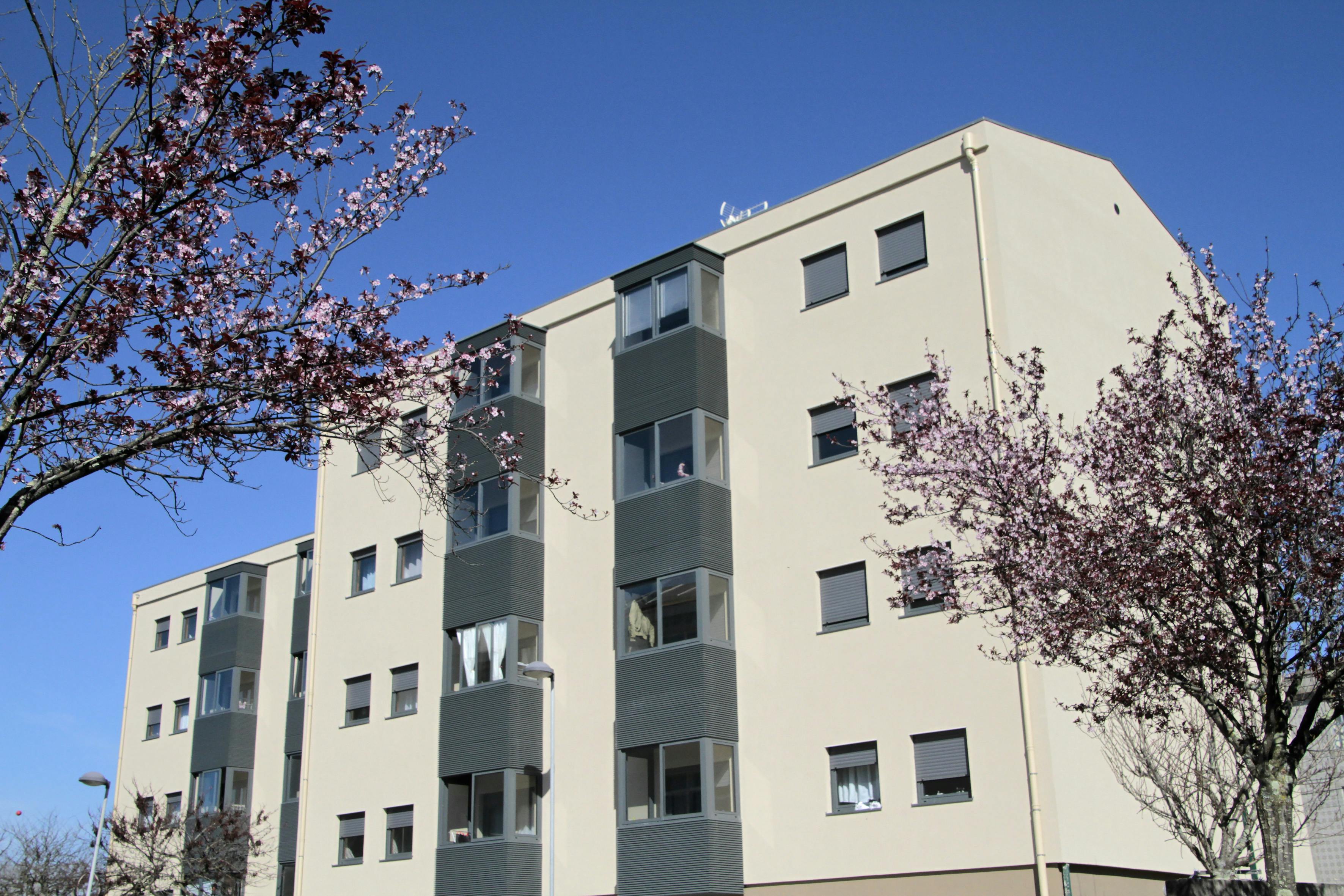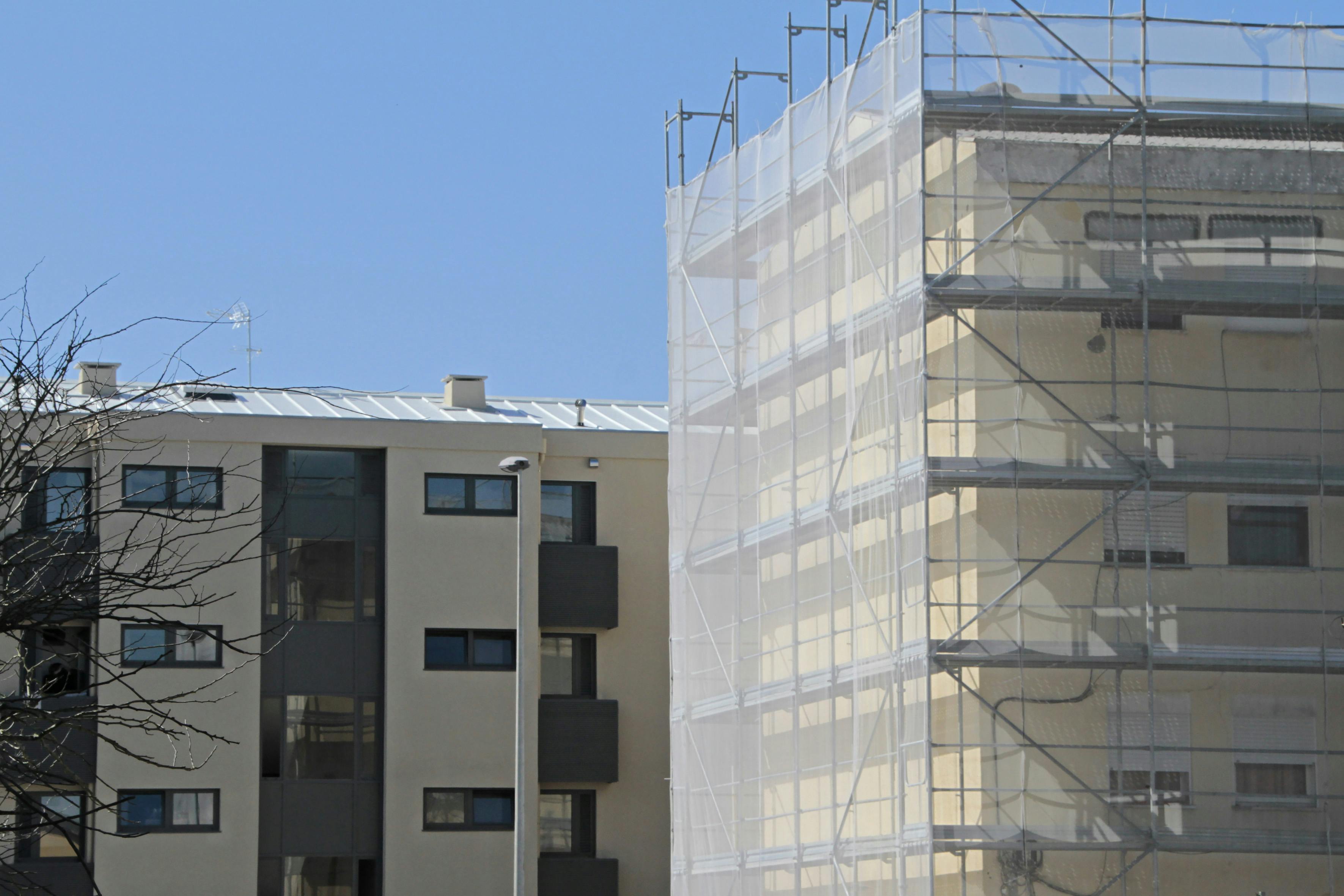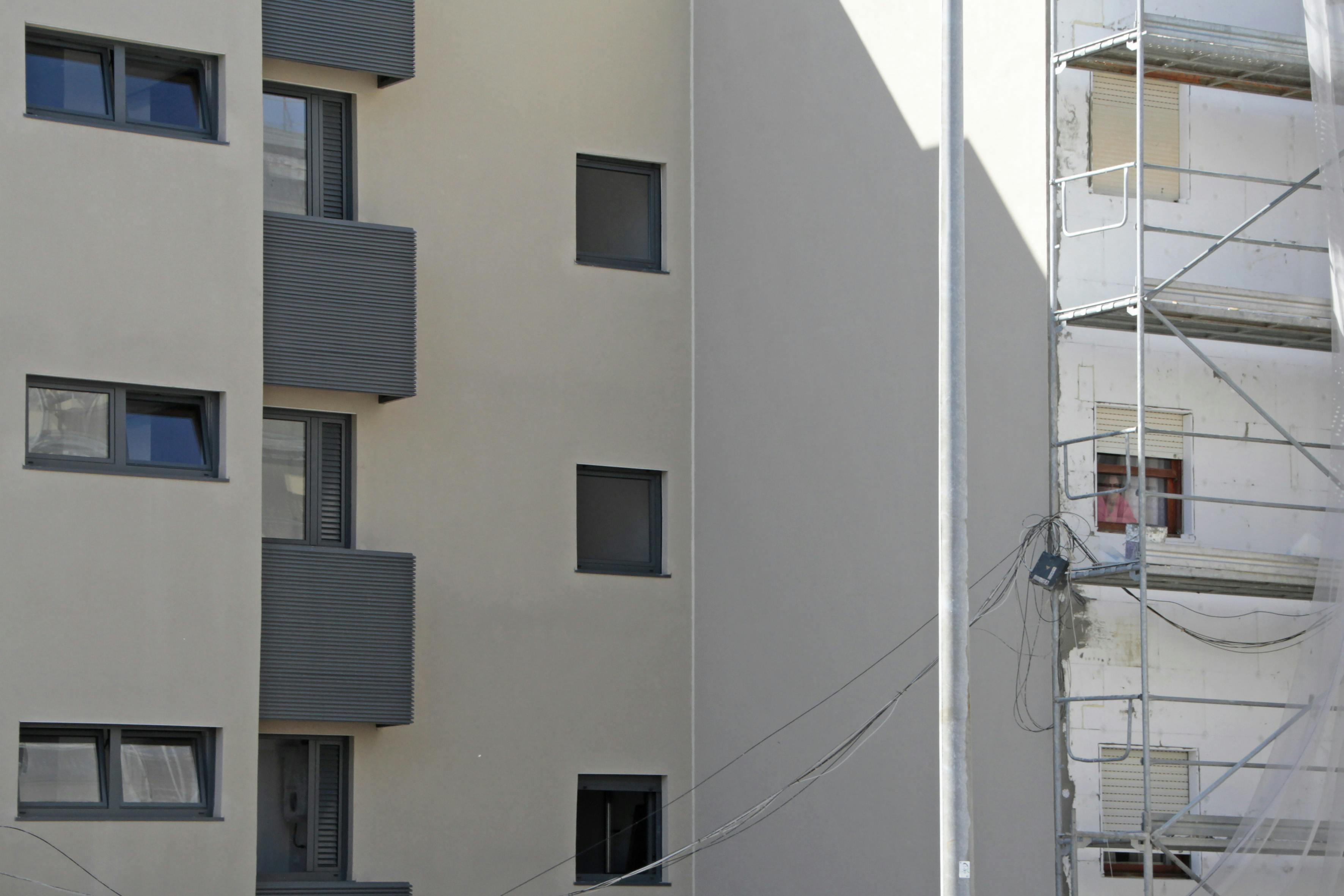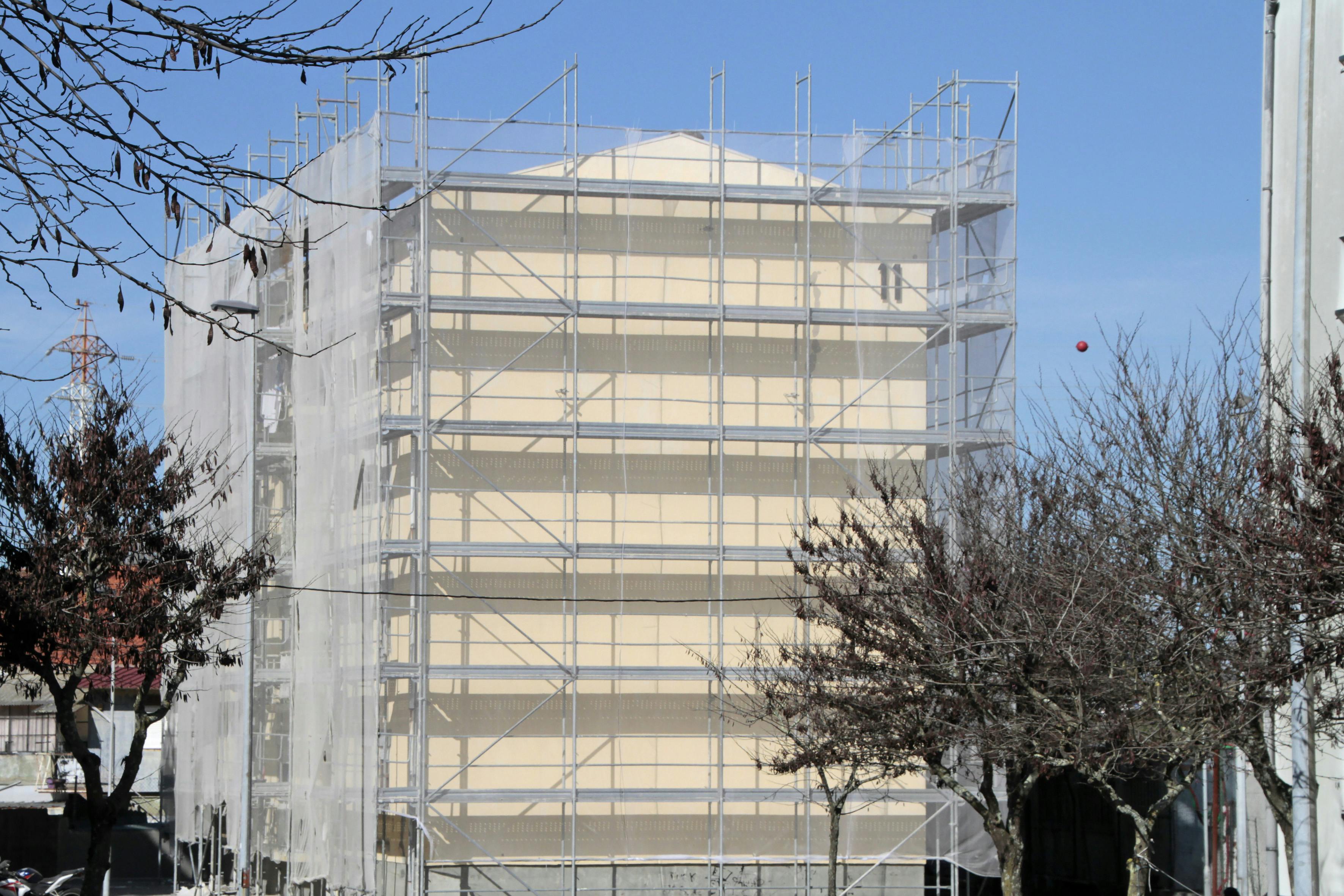November 2021
Matosinhos Habit, EM

Why this case?
What we have done for this project
The CH Custóias refurbishment serves as a basis for the development of several case studies, all of them having as their origin the project deliveries and documentation, either those produced during the design phase as those from construction. As well, the entities' processes on use and management phase.
All developments and discussion aim at defining requirements and guidelines for the implementation of more digital and circular practices. Specifically, 6 analyses are set:
— Characterization of the investment/economic component
— Identification of applicable Data Templates
— Level of Information - need, declared, function of uses
— Waste/Material audit based on Data Templates
— Design for Disassembly
— Data as a tool for sustainability
Case Details
MatosinhosHabit, EM
- Project
CH de Custóias
- Location
Matosinhos
- Owner
MatosinhosHabit, EM
- Intervention
Complete Renovation
- Number of houses
58 (after renovation)
Overview
The different steps of the project
All case studies follow the same structure and similar approach setting the background for guidelines, innovative processes, or sustainability goals disclosure.
- 01
Case History
This section aims at framing the objectives of the case study, detailing the motivations and the most relevant references/state-of-the-art for its realisation, transposing it to the context of the intervention in course.
All case studies aim at future developments and implementations that were not part of the current intervention requirements or assumptions.
- 02
Case Plan
This section aims to systematise the approach/ adopted methodology for the development of the different case studies, using preferably, a process map to support and improve this description.
- 03
Case Development
This section details all the steps that comprise the case study, including considerations, background elements and the discussion of the assumptions that may be made. The different case studies will use actual information elements of the complex, its buildings, dwellings or construction products to be placed/ to be removed.
- 04
Case Outcomes
The “Case Outcomes" section systematises the added value of the proof of concept that was developed, setting considerations related to the potential implementation/adoption, scalability in the scope of the industry and contributions to both digitalisation and circularity.




